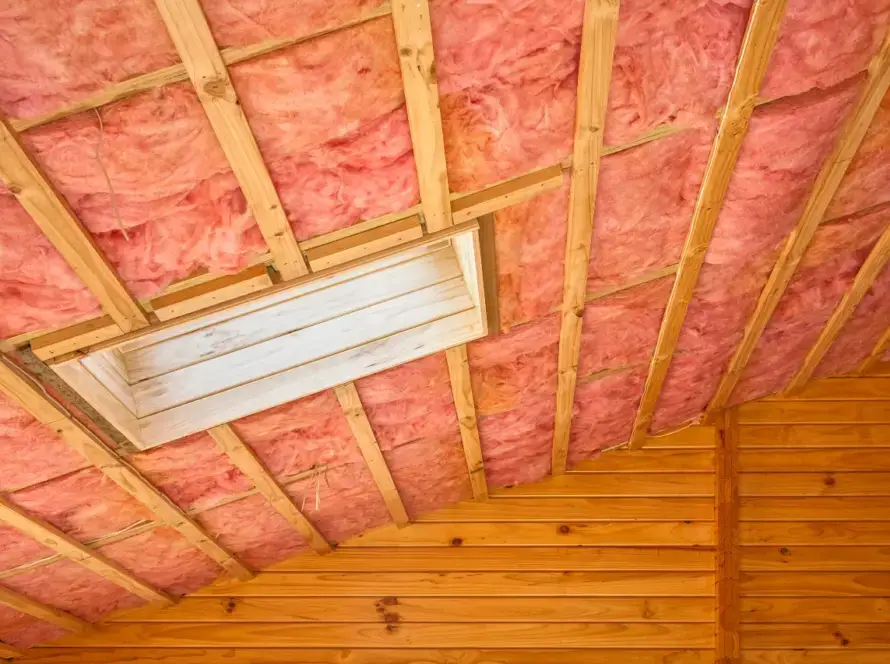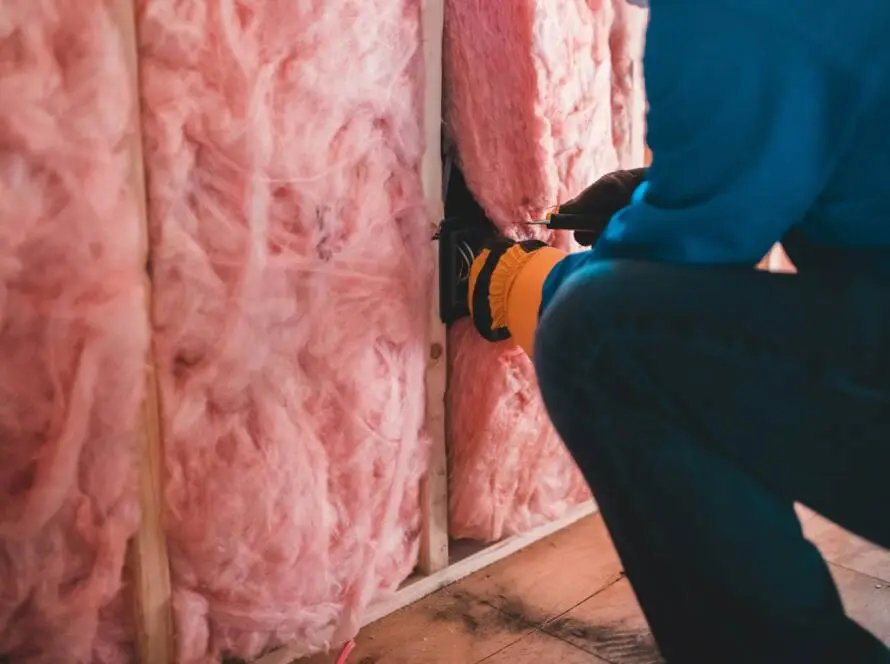Introduction: Setting the Scene
Older homes have undeniable charm, but they often come with hidden challenges, especially when it comes to insulation. That was exactly the case for one family of Shoreline BP customers living in a 1960s home. Over the years, they had grown frustrated with drafts, inconsistent temperatures, and rising energy bills. Some rooms were always too cold in the winter and unbearably hot in the summer, making it difficult to stay comfortable year-round.
The impact on their daily lives was significant. Relying on space heaters, layering up indoors, and cranking up the AC became the norm. And with energy prices on the rise, their utility bills were taking a toll on their budget. When they learned about available rebates, they realized that upgrading their insulation was not only possible but also financially smart.
The Problem: Insulation in Older Homes
Many older homes, including this one, were built with outdated insulation materials such as fiberglass batts or old cellulose, if they had insulation at all. Over time, these materials settle, compact, and degrade, significantly reducing their effectiveness.
The homeowners began noticing classic signs of failing insulation:
- Cold floors
- Condensation on windows
- Rooms that never seemed to stay warm, no matter how much they adjusted the thermostat
Not only was their home losing heat, but moisture issues and poor indoor air quality were becoming concerns as well. Drafts carried dust and allergens throughout the home, making it clear that something needed to be done.
The Solution: Upgrading to Modern Insulation
To restore comfort and efficiency, we took a strategic approach to insulation, using a combination of blown-in insulation, rigid insulation, and batt insulation tailored to different parts of the home.
- Blown-in insulation was installed in the attic to provide complete coverage and prevent heat from escaping.
- Rigid foam and batt insulation were added to the crawl space to reduce heat loss and moisture buildup.
- Sealing air leaks was a top priority to ensure a tight, energy-efficient seal without compromising the home’s original character.
By focusing on the attic, walls, and basement, we maximized insulation performance while keeping costs reasonable.
Energy Savings & Rebates
One of the biggest incentives for this upgrade was the potential energy savings. By improving insulation, homeowners can expect to cut heating and cooling costs by 20-50%, depending on their home’s previous insulation levels. That means immediate relief on energy bills and long-term financial savings.
To make the upgrade even more affordable, the homeowners took advantage of rebates from CleanBC and FortisBC, which covered a significant portion of the project costs. The application process was straightforward, and with expert guidance, the family was able to complete the necessary paperwork without hassle.
Within just a few weeks, they began to notice a dramatic improvement in comfort—the home felt warmer in winter, cooler in summer, and far less drafty.
The Results: A More Comfortable Home
The transformation was undeniable. With modern insulation in place, the homeowners experienced:
- More consistent indoor temperatures year-round
- Improved air quality due to reduced drafts and dust infiltration
- Less outside noise, thanks to modern insulation’s soundproofing benefits
Unexpected benefits included a higher property value, lower maintenance costs, and increased HVAC efficiency—since their heating and cooling systems didn’t have to work as hard, they could expect a longer lifespan for their furnace and air conditioning units.
Encouraging Other Homeowners to Upgrade
For other homeowners dealing with drafty, inefficient homes, this project is proof that insulation upgrades can make a huge difference.
What’s the first step?
- Have a professional energy advisor, like Shoreline Building Performance, assess problem areas.
- Look into available rebate programs—they can significantly reduce costs.
- Make a plan for upgrading insulation in key areas like the attic, walls, and basement.
A well-insulated home isn’t just about saving money—it’s about enhancing comfort, sustainability, and long-term property value. If you’re ready to transform your home from drafty to cozy, contact Shoreline Building Performance today to learn more about your options and available rebates.



